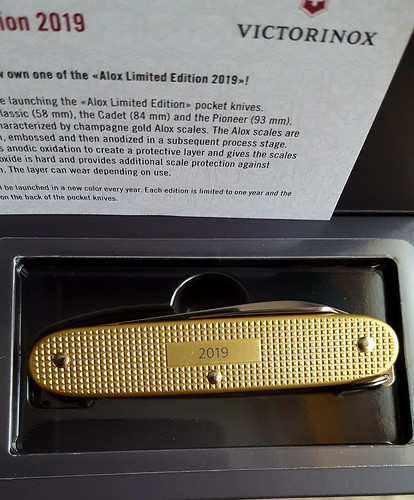Orithm to locate equivalent car GPS trajectories. Shape Shape describes how
Orithm to seek out similar vehicle GPS trajectories. Shape Shape describes how a moving object `winds’ its way by way of a spatial reference method. Shape similarity is expressed as a qualitative (topological) or quantitative relation with the shape parameter below consideration, i.e. sinuosity, curvature, tortuosity, curviness, and fractal dimension. With out neglecting the semantic variations involving these, we henceforth use sinuosity as a proxy for all. Once more, the relational operators `’ (equal sinuosity), `’ (smaller sized sinuosity), and `’ larger sinuosity represent the topological relations, whereas a quantitative relation is given by the difference involving two sinuosity measures. In biology the sinuosity of an animal’s path is a crucial measure for classifying looking behavior. It helps researchers to distinguish in between a planned, oriented, and powerful behavior (low sinuosity) and a random search behavior (high sinuosity) (Benhamou 2004). Focardi, Marcellini, and Montanaro (996) study the order Tasimelteon movement of deer and infer different foraging behavior in the sinuosity of their paths. The degree of winding of a path can also be employed to explanation about human behavior. Enguehard, Devillers, and Hoeber (20) calculate the fractal dimensions of ship trajectories in the Atlantic Ocean so that you can infer comparable fishing activities. As well as the abovementioned comparison measures, Vlachos, Gunopulos, and Das (2004) propose a quantitative distance measure to assess the similarity of spatial shapes. Very first, the authors map each position difference vector of a path to a rotationinvariant space, where 1 dimension represents the path plus the other the length from the vector. In this space, Dynamic Time Warping (DTW) (see section `Spatiotemporal trajectory’) is applied to locate shapes of equivalent form. This measure will not be affected by rotation, scaling, anddpar min k; ; lk2 Lee, Han, and Whang (2007) make use of their approach for clustering hurricane data and radiotelemetry information of animal movement in quasilinear time. For additional data on angular distance, perpendicular distance, and parallel distance see Chen, Leung, and Gao (2003). Bashir, Khokhar, and Schonfeld (2003) use principal component analysis (PCA) to cluster matching paths in video retrieval scenes. Their approach concatenates the spatial positions of a path into a onedimensional signal. Then, PCA filters out those coefficients from the path PubMed ID:https://www.ncbi.nlm.nih.gov/pubmed/9727088 that happen to be most important, i.e. that contribute most to the path’s variance. Inside a final step, the Euclidean distance involving these remaining coefficients is calculated. Travelled distance and range Travelled distance and range are derived measures of movement. Hence, the topological relations of comparison are provided by the relational operators `’ (equal travelled distancerange), `’  (shorter travelled distancerange), and `’ (longer travelled distancerange). A quantitative implies of comparison is the distinction among travelled distancerange. Travelled distance and (house) variety play an essential role in ecology and research on human mobility. Merrick and Loughlin (997) compare the travelled distance as well as the home ranges of foraging stellar sea lions in Alaska. Mate, Nieukirk, and Kraus (997) track the movement of whales in the North Atlantic and examine their travelled distances. T trup et al. (202) record the annual migration cycle of redbacked shrike from Europe to Africa and obtain that in the course of spring migration the birds travel a five longer distance, as they take a detour o.
(shorter travelled distancerange), and `’ (longer travelled distancerange). A quantitative implies of comparison is the distinction among travelled distancerange. Travelled distance and (house) variety play an essential role in ecology and research on human mobility. Merrick and Loughlin (997) compare the travelled distance as well as the home ranges of foraging stellar sea lions in Alaska. Mate, Nieukirk, and Kraus (997) track the movement of whales in the North Atlantic and examine their travelled distances. T trup et al. (202) record the annual migration cycle of redbacked shrike from Europe to Africa and obtain that in the course of spring migration the birds travel a five longer distance, as they take a detour o.
